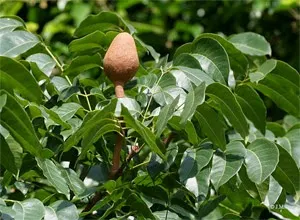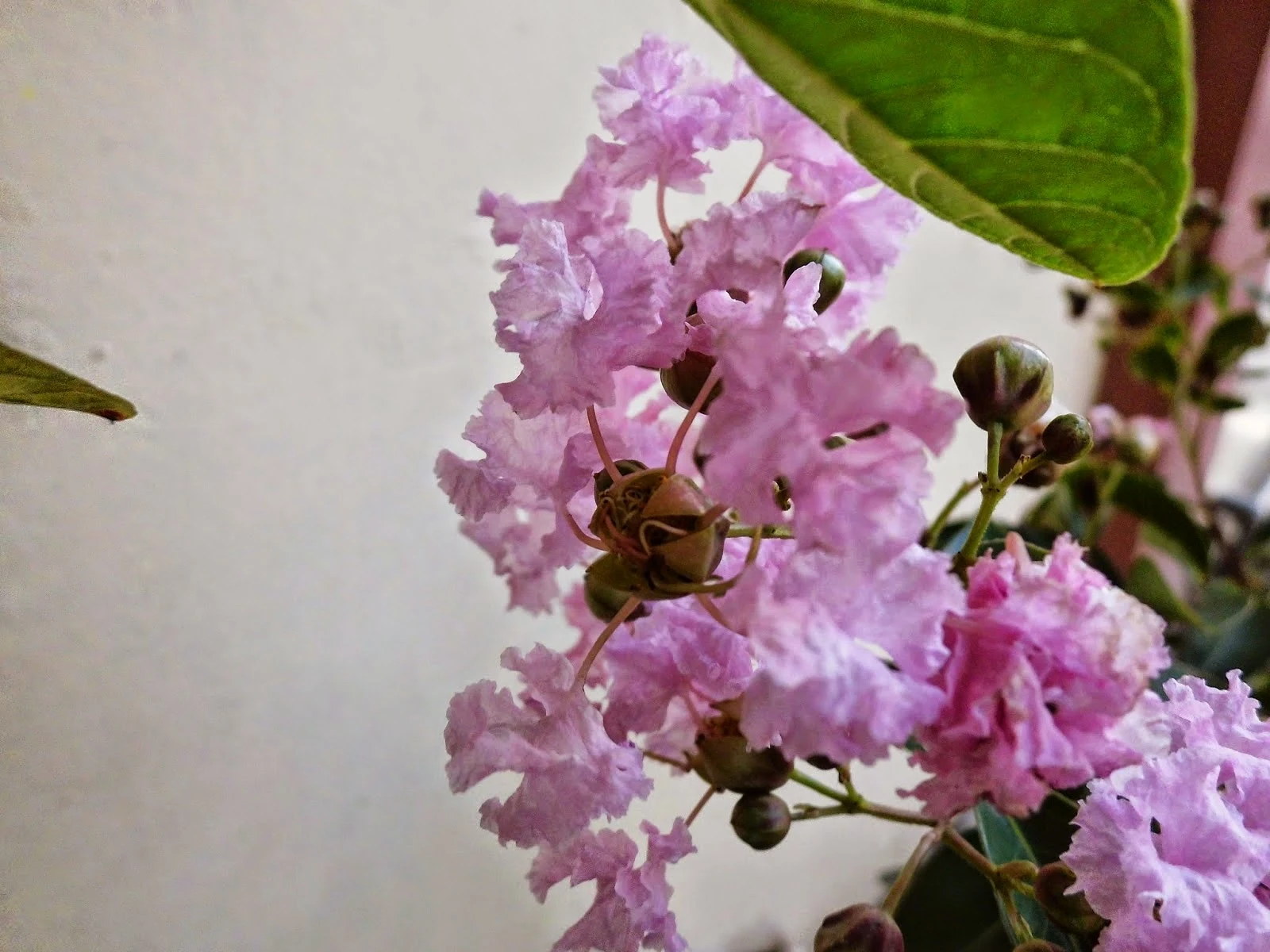Blog 308-365
Other Names
Tabernanthe iboga, leaf of God , thie-pelakano , bitter grass, holy wood, or the wood that cares for us”.
Description

In the rest of the world the iboga root is famous for it’s active alkaloid ibogaine, which to date, is the most powerful addiction interrupter known. It is typical that after one flood dose, the patient “awakens” 24 hours later with complete remission from their addiction.

Normally growing to a height of 2 m, T. iboga may eventually grow into a small tree up to 10 m tall, given the right conditions.

It produces clusters of small pink, yellow,or white flowers,
followed by elongated orange fruit that resemble habanero peppers.
The plant contains a powerful alkaloid called ibogaine, which is especially concentrated in the roots and is used to make a controversial medicine that some believe can cure heroin addiction.

Members of the Bwiti religion in West Africa use iboga as a kind of ceremonial sacrament.
Iboga is a perennial rainforest shrub and psychedelic, native to western Central Africa. Iboga stimulates the central nervous system when taken in small doses and induces visions in larger doses.
In parts of Africa where the plant grows the bark of the root is chewed for various pharmacological or ritualistic purposes.
History

Its use goes back for thousands of years, originating with the Pygmies and used primarily now in the Bwiti religion of Gabon Africa although interest in the west is quickly growing.Iboga is an entheogen—“a chemical substance, typically of plant origin, that is ingested to produce a non-ordinary state of consciousness for religious or spiritual purposes”.
The ceremony is considered to be one of a death followed by a rebirth. As entheogens, Iboga is related to South American Ayahuasca and North American Peyote, but is more potent and unlike Ayahuasca and Peyote which can be used many times, Iboga tends to be used only once in a person’s lifetime.
Medicinal Uses
Iboga is Used for:
- Pineal Gland Decalcification
- Mind Reset – Emotional/Stress/Depression/Negative Thoughts/ Fear deprogramming
- Post-traumatic Stress Disorder (PTSD)
- Body detox for general health and wellbeing
- Resets receptors, ends addiction to anti-depressants, go to the root of depression and gives you back your independence from a lifetime of prescription drug use.
Myths and Religion
Due to the constant interpretation of myths from the Old and New Testament, the Bwiti religion can be considered as a “parallel” to Christianity, and it has its own interpretation of biblical events. For example, according to the Bwitists, the original sin was the incestuous sexual bond between Adam and Eve, Obola and Biome, the first human twins.
Abel’s remains have become the ancestors’ (byeri) first relic of the cult. The Tree of Life and the Tree of Knowledge of Good and Evil are the plant of iboga, and the Universal Deluge is the Ozambogha – an historic even which took place at the beginning of this century, during the difficult migration of the Fang population from Cameroon to Gabon. The Christianity Trinity of Father, Son and Holy Spirit is in Bwiti represented as the divine Trinity Nzamé, Gningone and Noné. Noné is the evil one – the Devil.
Nzamé and Gningone created the first human beings, Adam and Eve. Eve conceived her first child with Noné, who entered her vagina in the form of a serpent: “… She delivered three children: a White one, a Black one and a Red one. The White resembled the colour of Adam. The Black had the colour of Noné, the colour of the Devil. It was only after the first twelve children, who became the twelve tribes of Israel and the twelve apostles. Noné’s children were the Monkeys .
After having killed his brother, Cain departed for the forest and there he mated with a chimpanzee and from this union the Pygmies originated” (passage taken from a sermon quoted by Swiderski, 1990, vol. II: 65-66).
Notes
“Trees are sanctuaries. Whoever knows how to speak to them, whoever knows how to listen to them, can learn the truth. They do not preach learning and precepts, they preach, undeterred by particulars, the ancient law of life.” - Hermann Hesse, Bäume. Betrachtungen und Gedichte
Links
http://www.myeboga.org/treatmenttypes.html
http://www.bbc.com/news/magazine-17666589
http://clearskyibogaine.com/ibogaine-ppc-2/?gclid=CLqH6LehsMQCFZCEaQod3oAAAg
http://ibogaine.mindvox.com/articles/adam-eve-iboga/













